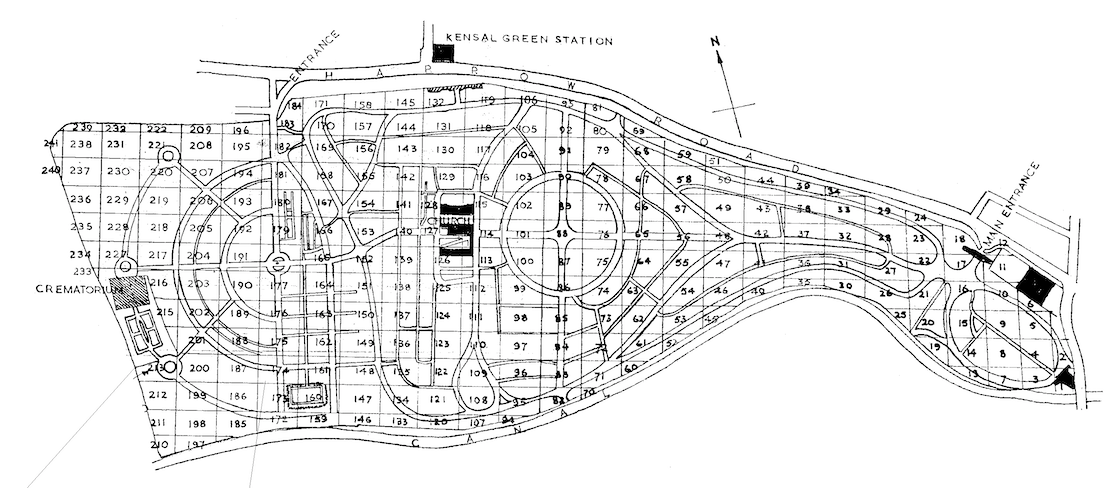Charles Blondin
AKA:
The Great Blondin, The Little Wonder
Birth Name:
Jean François Gravelet
Birth Date:
February 28, 1824
Birth Place:
Hesdin, Pas-de-Calais, France
Death Date:
February 22, 1897
Place of Death:
Blondin's "Niagara House", Northfield Avenue, Northfields, London W5 4UG, UK
Age:
72
Cause of Death:
Diabetes
Cemetery Name:
Kensal Green Cemetery
Claim to Fame:
The Odd and the Interesting
Charles Blondin was a French tightrope walker and acrobat. During the winter of 1858, a 34-year-old French acrobat traveled to Niagara Falls hoping to become the first person to cross the “boiling cataract.” Noting the masses of ice and snow on either bank and the violent whirls of wind circling the gorge, Blondin delayed the grand event until he would have better weather. He always worked without a net, believing that preparing for disaster only made one more likely to occur. Known for his numerous crossings of the 1,100 ft (340 m) Niagara Gorge on a tightrope, he added a touch of showmanship - once stopping midway to cook an omelette and once carrying his manager on his back. Believe it or not, he died in bed at the ripe age of 72.
Cemetery Information:
Final Resting Place:
Kensal Green Cemetery
Harrow Rd
North Kensington, London, W10 4RA
United Kingdom
Europe
Map:

Grave Location:
Grave 13198, Square 140, Row 1Grave Location Description
After entering through the main entrance, turn right at the first intersection and head west. Continue heading straight along this road for about 1,850 feet until reaching the church. Go around the church. You can either go right to go around or go left, and continue heading west. Charles Blondin’s grave is about 95 feet directly west of the church. After going around the church and heading west, drive about 95 feet and park your car along the road. Blondin’s grave will be on your left and near the road.
Grave Location GPS
51.528554, -0.226546Photos:
[+]
[+]
[+]
[+]
[+]
[+]
[+]
[+]
[+]
[+]
[+]
[+]
FAQ's
Charles Blondin was born on February 28, 1824.
Charles Blondin was born in Hesdin, Pas-de-Calais, France.
Charles Blondin died on February 22, 1897.
Charles Blondin died in Blondin's "Niagara House", Northfield Avenue, Northfields, London W5 4UG, UK.
Charles Blondin was 72.
The cause of death was Diabetes.
Charles Blondin's grave is in Kensal Green Cemetery
Read More About Charles Blondin:
- Wikipedia Entry
- The Time a Man Tried to Take Blondin’s Life While Riding Piggyback on the High Wire
- Tightrope Daredevil Extraordinaire: The Great Blondin
- The Man Who Tightroped Niagara Falls on Stilts
- The Daredevil of Niagara Falls
- Blondin The Hero Of Niagara
- The Hero of Niagara and His Wheelbarrows
- First Tightrope Walker to Cross Niagara Falls
- The History of Slack
- Hidden London - Northfields, Ealing
- Battered London tomb of the great French tightrope walker Blondin restored
Videos Featuring Charles Blondin:
See More:
Back to Top



